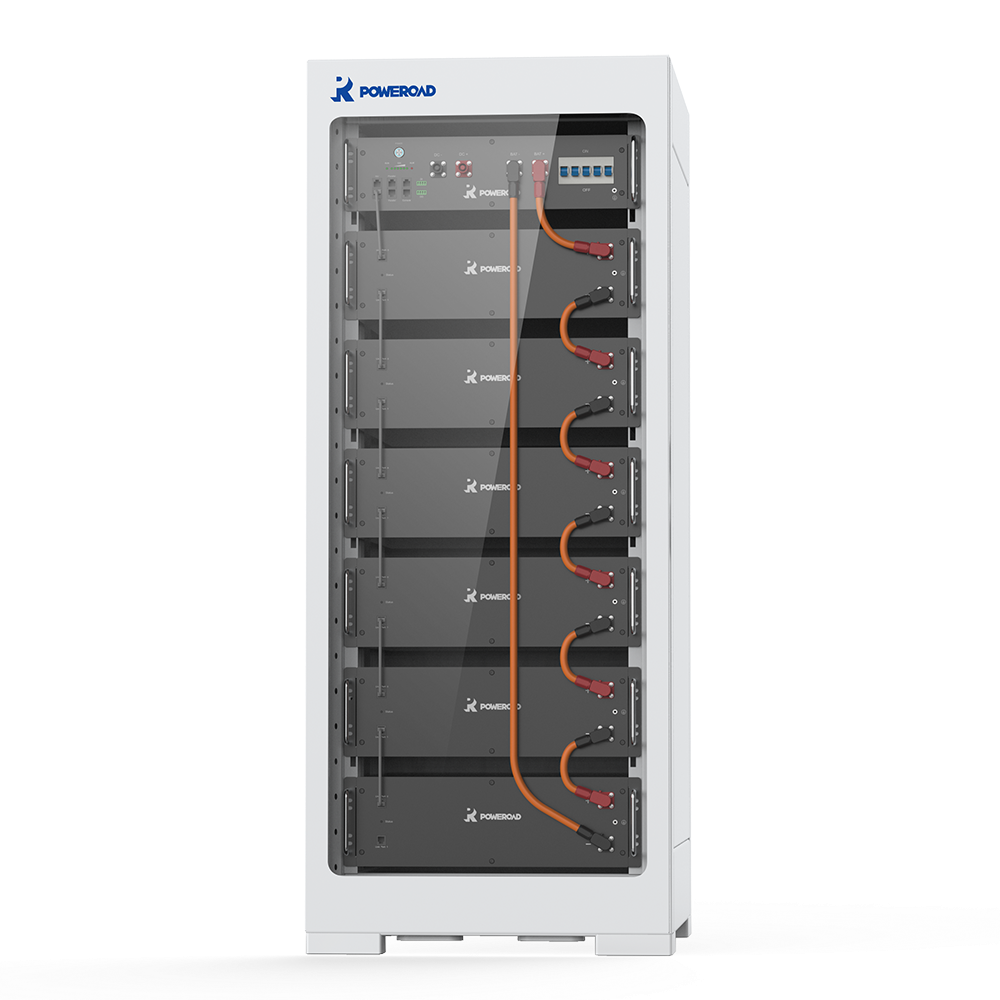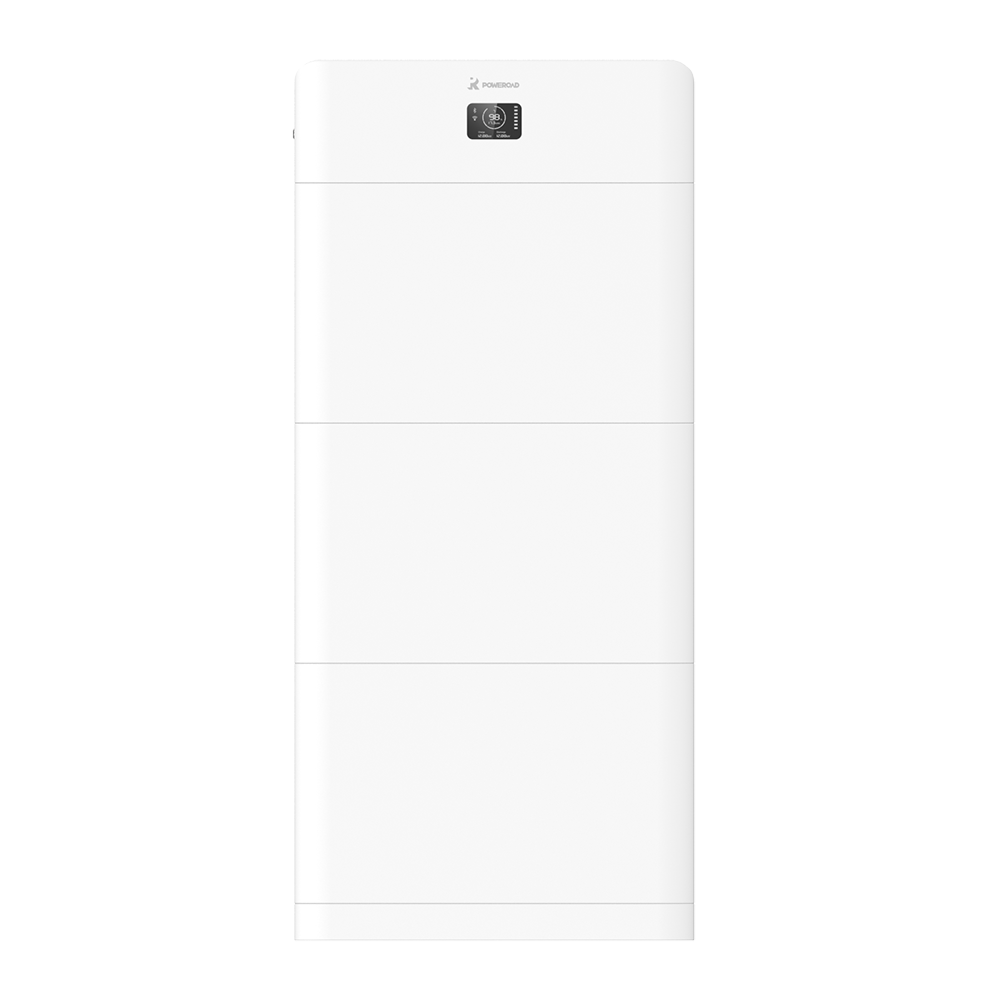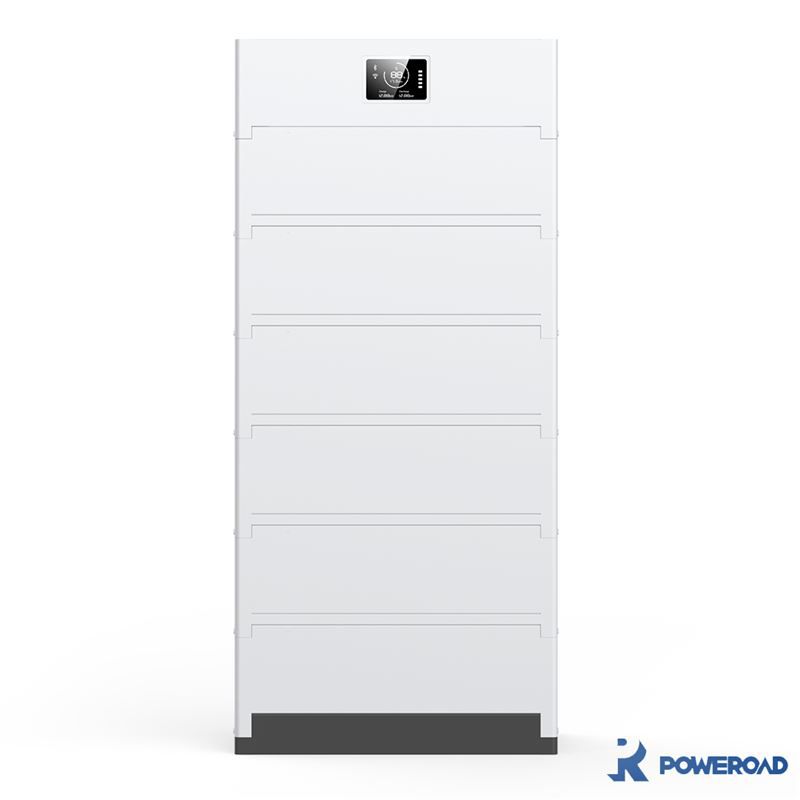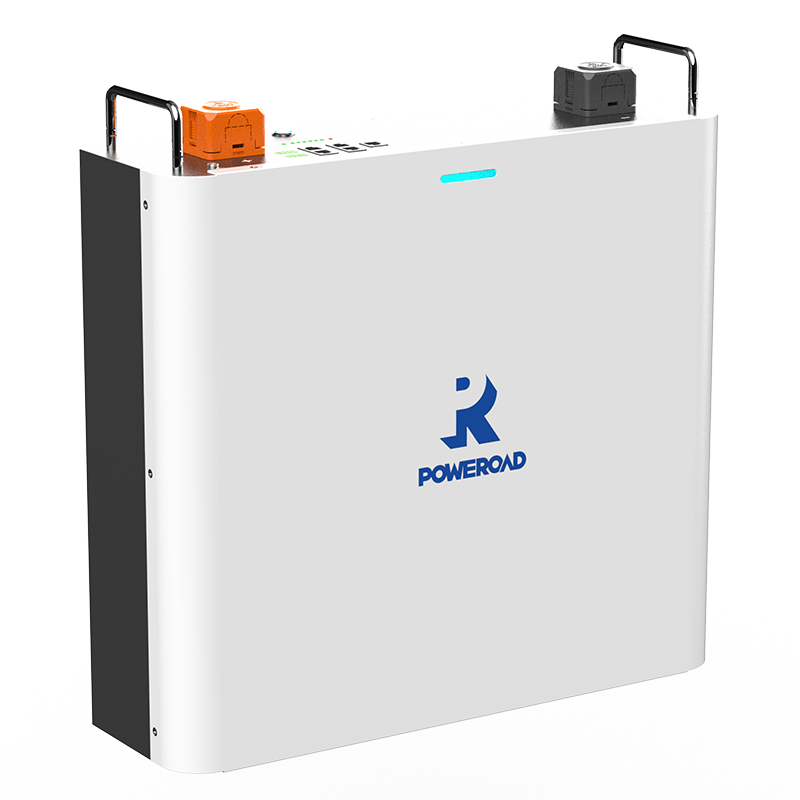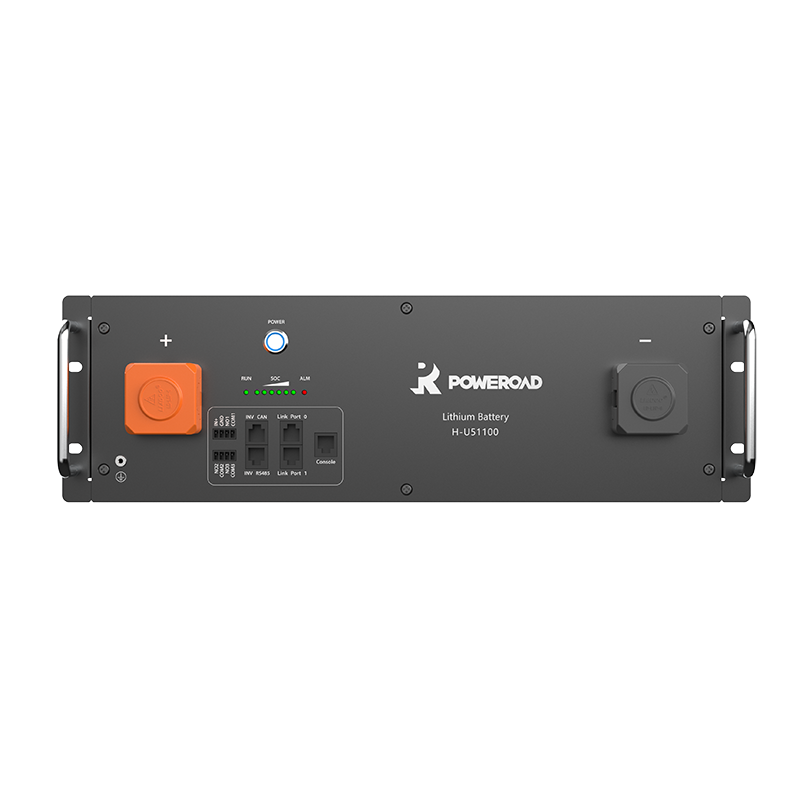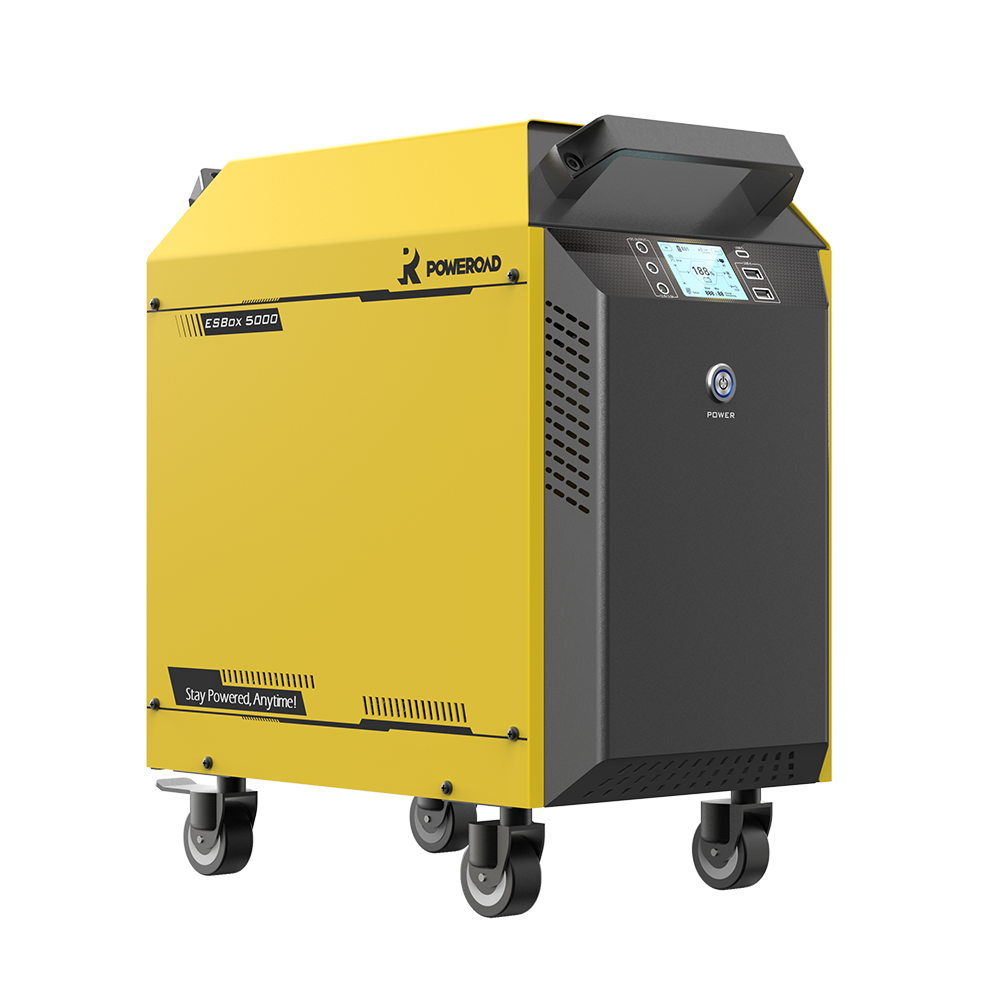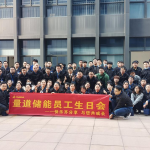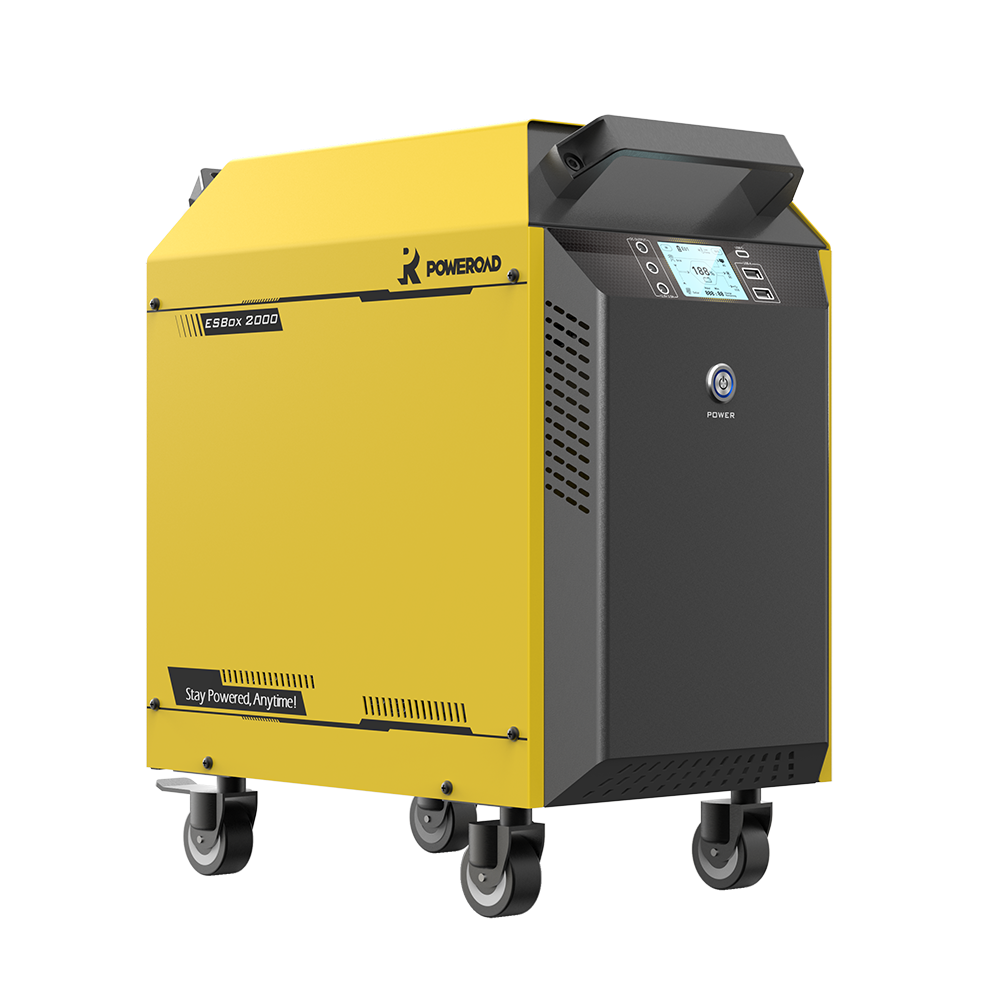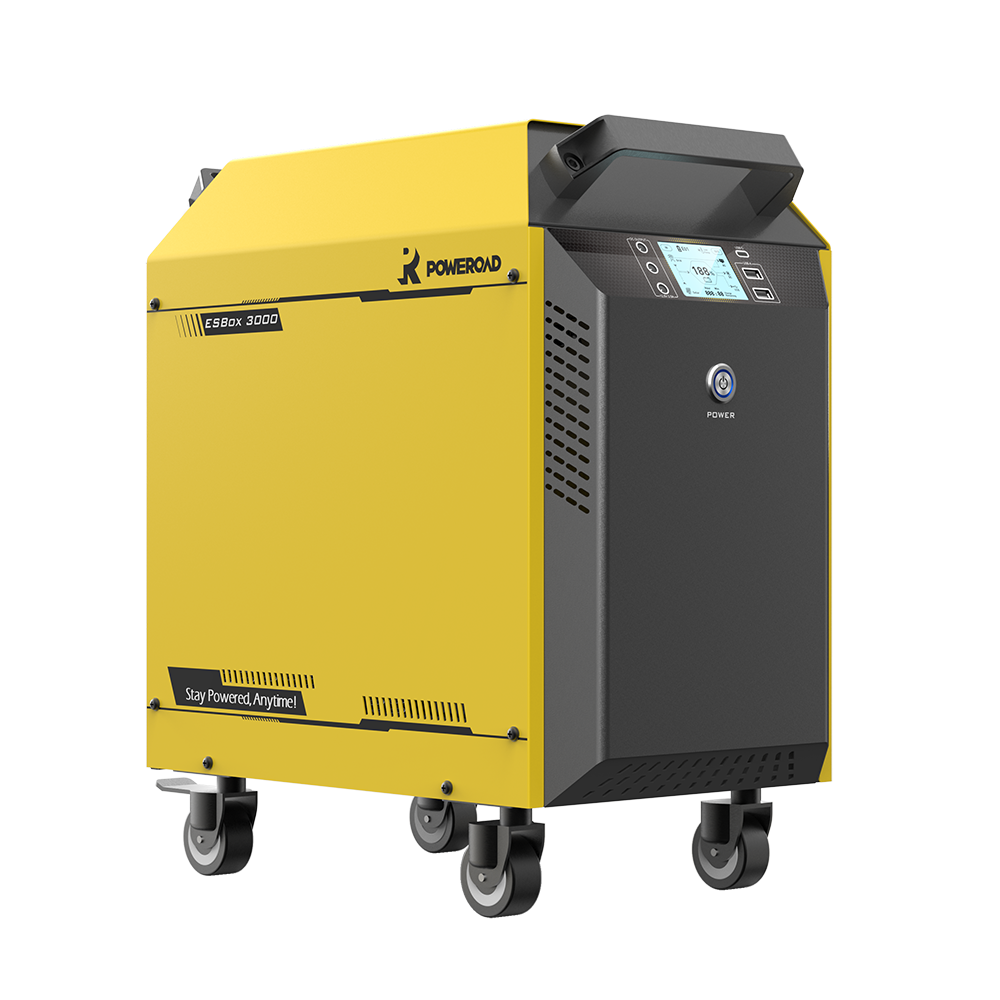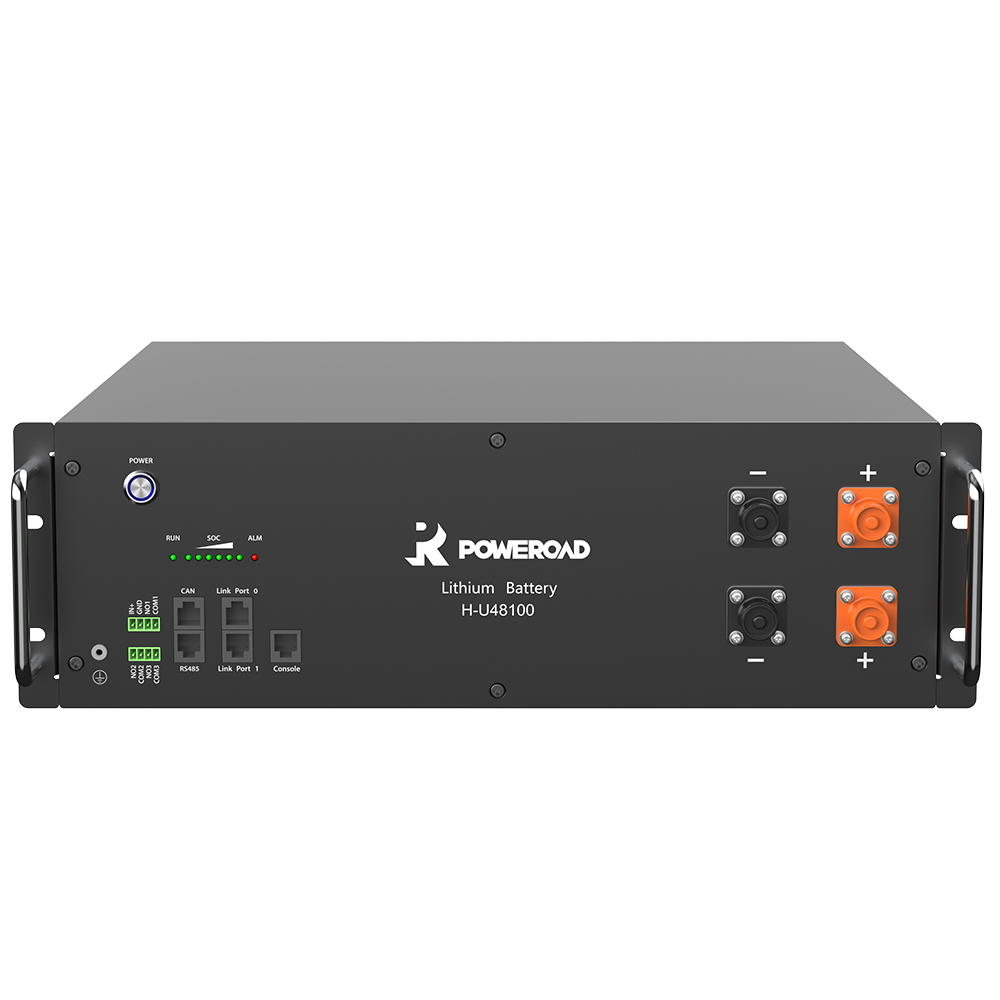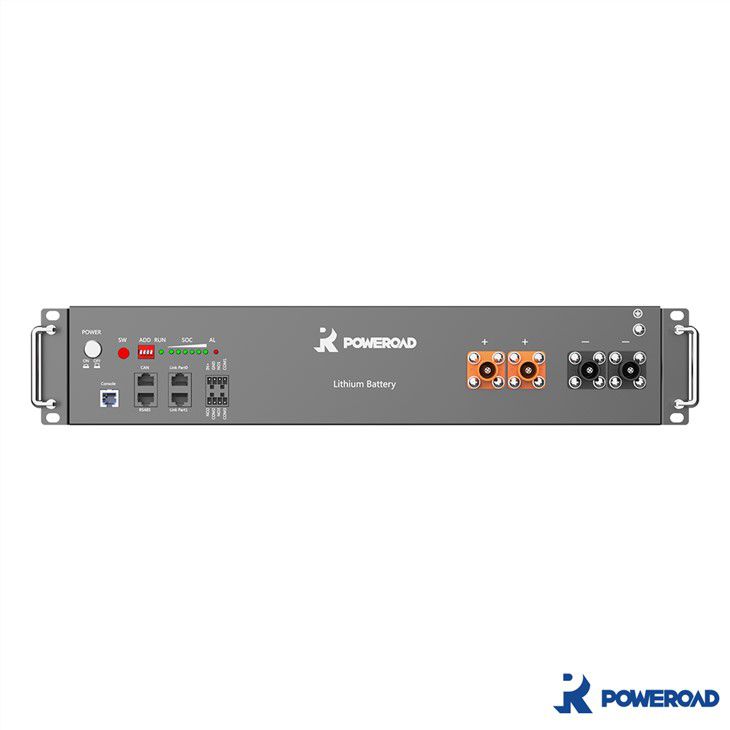In 1970, Exxon's MS Whittingham used titanium sulfide as the starting material and metallic lithium as the negative electrode material to assemble the first lithium battery. The transition material of lithium batteries is manganese dioxide or thionyl chloride, and is no longer lithium. After the battery is assembled, the battery has voltage and does not need to be charged. Li-ion batteries (Li-ion Batteries) are developed from lithium batteries. The so-called button batteries used in cameras in the past belonged to lithium batteries. This kind of battery can also be charged, but the cycle performance is not good. Lithium crystals are easy to form during the charge and discharge cycle, which causes the internal short circuit of the battery. Therefore, this kind of battery is generally prohibited from charging.
In 1982, RRAgarwal and JRselman of the Illinois Institute of Technology discovered that lithium ions that have the characteristics of intercalated graphite. This process is fast and reversible. At the same time, the potential safety hazards of lithium batteries made of metal lithium have attracted much attention. Therefore, people have tried to make rechargeable batteries using the characteristics of lithium ions embedded in graphite. The first available lithium ion graphite electrode was successfully trial-produced by Bell Laboratories.
In 1983, M. Thackeray, J. Goodenough and others discovered that manganese spinel is an excellent orientation material with low price, stability and excellent electrical conductivity and silicon conductivity. Its decomposition temperature is high and its oxidation is much lower than that of lithium cobalt oxide. Even if there is a short circuit or overcharge, it can avoid the danger of combustion and explosion.
In 1989, A. Manthiram and J. Goodenough discovered that a transition using convergent resonance would produce a higher voltage.
In 1992, Sony Corporation of Japan invented a lithium battery with carbon material as the negative electrode and lithium-containing compound as the positive electrode. During the charging and discharging process, there is no metal lithium, only lithium ions. This is a lithium ion battery. Subsequently, lithium-ion batteries revolutionized the face of consumer electronics. This type of battery using lithium cobalt oxide as the cathode material is the main power source for portable electronic devices.
In 1996, Padhi and Goodenough discovered that phosphates with an olivine structure, such as lithium iron phosphate (LiFePO4), are safer than traditional cathode materials, especially high temperature resistance and overcharge resistance far exceeding traditional lithium-ion battery materials.

